What Is The Best Camera Lens To Buy?
If you're a photography enthusiast or professional, you know that the lens you choose can make a significant difference in the quality and style of your photos. While there is no one-size-fits-all answer to the question "What is the best camera lens to buy?", this article aims to help you navigate through the various options and make an informed decision based on your specific needs and circumstances. Numerous factors come into play when deciding on the best lens, including the type of photography you pursue, your budget, the camera system you use, and the specific features you require in a lens.
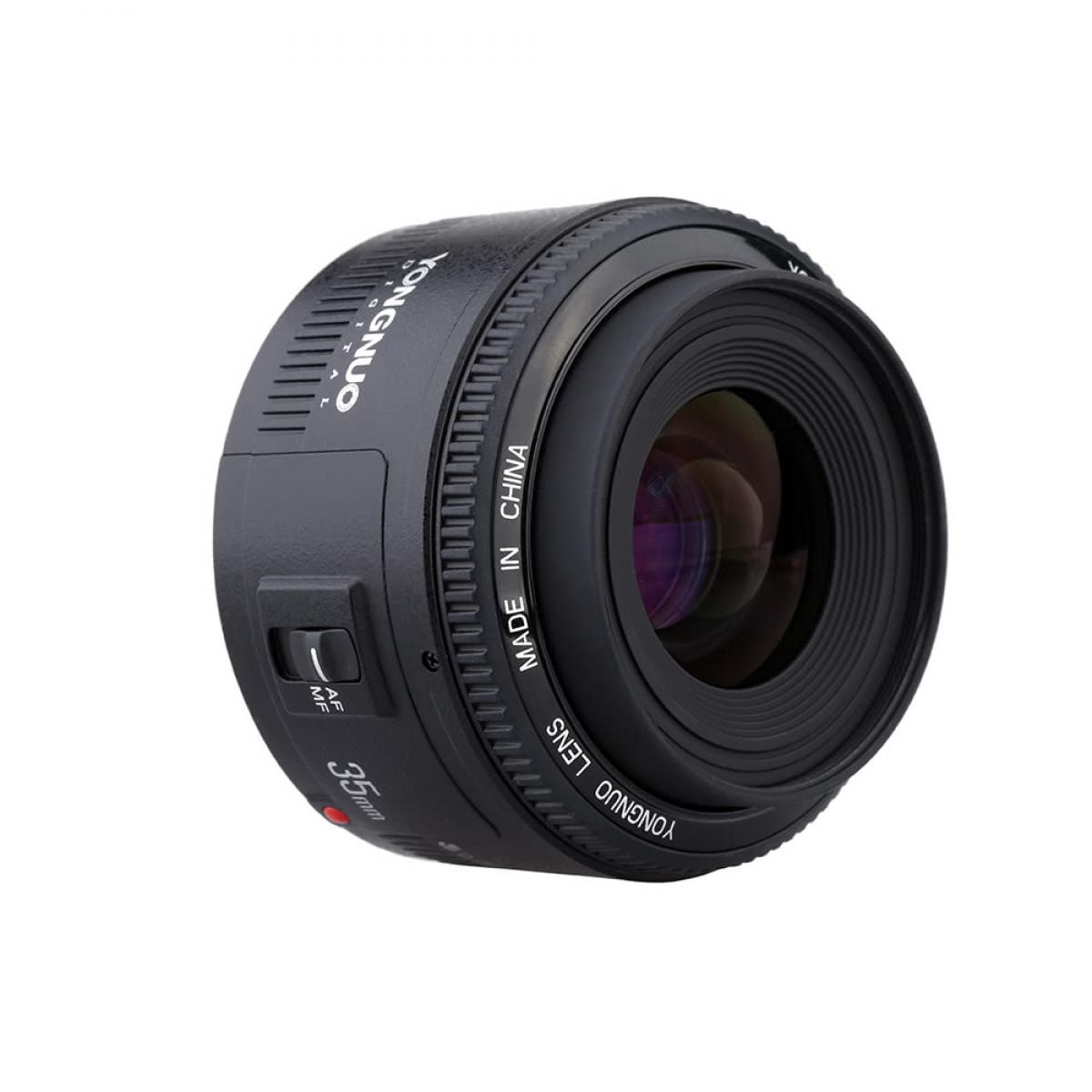
Understanding Lens Categories
Camera lenses can generally be divided into several broad categories: prime lenses, zoom lenses, wide-angle lenses, standard lenses, telephoto lenses, and specialty lenses such as macro or fisheye lenses.
1. Prime Lenses:
Prime lenses have a fixed focal length, meaning they don't zoom in or out. They are usually lighter, smaller, and offer superior image quality. A popular prime lens choice is the 50mm f/1.8, known for its sharpness, low light performance, and affordability. These lenses are great for portrait, street, and low-light photography.
2. Zoom Lenses:
Zoom lenses, as the name suggests, offer a range of focal lengths, giving you the flexibility to zoom in and out. While generally more versatile than prime lenses, they can sometimes compromise on image quality. The 24-70mm f/2.8 lens is a favorite among many photographers because it covers a useful range from wide to short telephoto. This versatility makes it ideal for events, weddings, and general-purpose photography.
3. Wide-Angle Lenses:
These lenses capture a wider field of view and are typically used for landscape, architectural, and interior photography. A lens like the 16-35mm f/4 is a popular choice for those who need to fit more into the frame and add a sense of depth and space to their images.
4. Standard Lenses:
Standard lenses often mimic what the human eye can see and include the "nifty fifty" 50mm lens. These lenses are great for general photography purposes, including portraits and street photography.
5. Telephoto Lenses:
Telephoto lenses have long focal lengths and are used for capturing distant subjects, making them ideal for sports, wildlife, and portrait photography. The 70-200mm f/2.8 is an often-recommended telephoto lens due to its versatility and image quality.
6. Specialty Lenses:
Specialty lenses like macro lenses are designed for close-up photography, capturing intricate details of small subjects such as insects and flowers. Fisheye lenses offer a ultra-wide spherical view and are used for creative, abstract photography.
Budget Considerations
Your budget will significantly influence your lens choice. Enthusiasts often start with beginner-friendly lenses that balance quality and cost, like the 50mm f/1.8 or the 18-55mm kit lens. For professionals or serious hobbyists, investing in higher-end glass like the 24-70mm f/2.8 or prime lenses like the 85mm f/1.4 can lead to better results and more creative flexibility.
Camera System Compatibility
Ensuring that a lens is compatible with your camera system is crucial. Each camera manufacturer has its proprietary lens mount system. Canon, Nikon, Sony, and others each have a series of lenses tailored to their cameras. Additionally, there are third-party lens manufacturers like Sigma and Tamron, which offer high-quality lenses at potentially lower prices than first-party options. Ensuring compatibility between camera body and lens is a basic but essential step in the selection process.
Specific Use Cases and Recommendations
1. Portrait Photography:
For portrait photography, you generally want a lens with a wide aperture (f/1.2-f/2.8) to create a shallow depth of field and creamy bokeh. Popular choices include the 50mm f/1.8 for budget users or the 85mm f/1.4 for professionals.
2. Landscape Photography:
Wide-angle lenses like the 16-35mm f/4 or the 14mm f/2.8 are excellent choices for landscape photography. These lenses allow you to capture vast, sweeping vistas and emphasize the expanse of the environment.
3. Sports and Wildlife Photography:
If you are focused on sports or wildlife photography, a telephoto lens such as the 100-400mm f/4.5-5.6 or the 70-200mm f/2.8 would be a good investment. These lenses allow you to get close to the action without physically intruding and are essential for capturing detailed shots of distant subjects.
4. Macro Photography:
For those interested in macro photography, lenses like the 100mm f/2.8 Macro are excellent choices. These lenses are designed to capture small subjects with high levels of detail.
5. Travel and Street Photography:
For travel and street photography, a versatile, compact lens like the 24-70mm f/4 can be beneficial. Its multi-focal length allows you to handle a variety of scenes and subjects effectively.
6. Video Production:
Videographers often look for lenses with smooth autofocus and image stabilization features. A versatile lens like the 24-105mm f/4 with image stabilization can be a good all-around choice for video work.
Conclusion
Choosing the best camera lens ultimately depends on your specific needs, the type of photography you are engaged in, and your budget. Understanding the categories of lenses and their typical uses can guide you in making the right decision. Whether you’re a beginner looking for a versatile and affordable lens or a professional seeking specialized tools for your craft, there is a plethora of options available to suit your requirements. Always remember that the best lens is not necessarily the most expensive or the one with the most features, but the one that helps you realize your creative vision effectively.


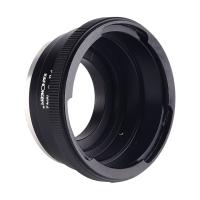

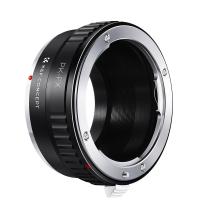

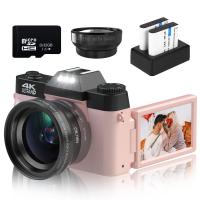
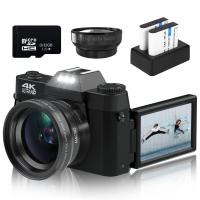
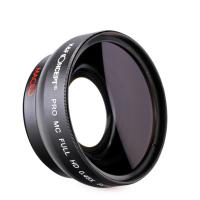
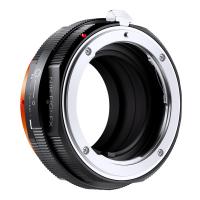

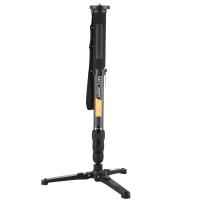

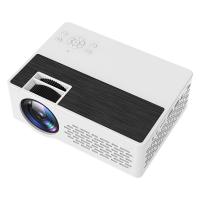
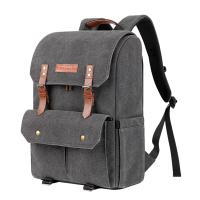
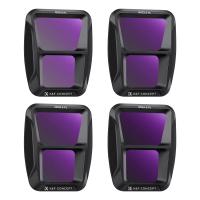


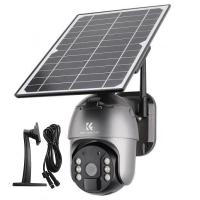
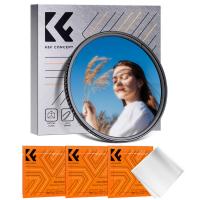
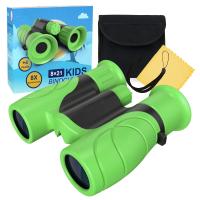




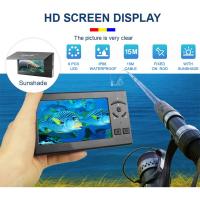

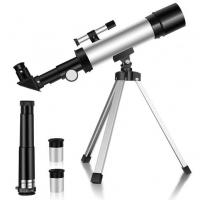



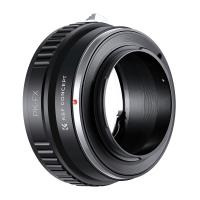
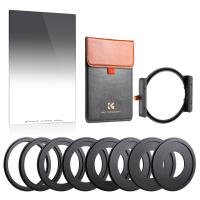


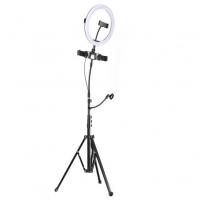
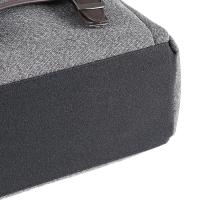
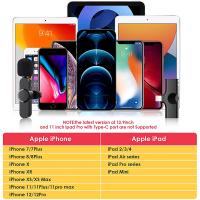
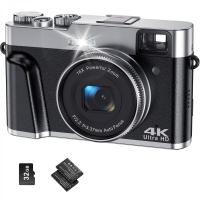

There are no comments for this blog.